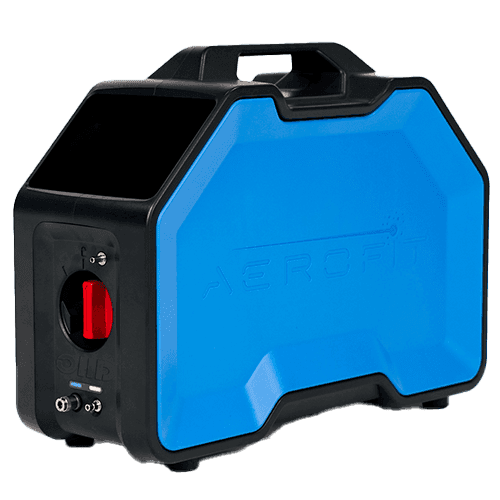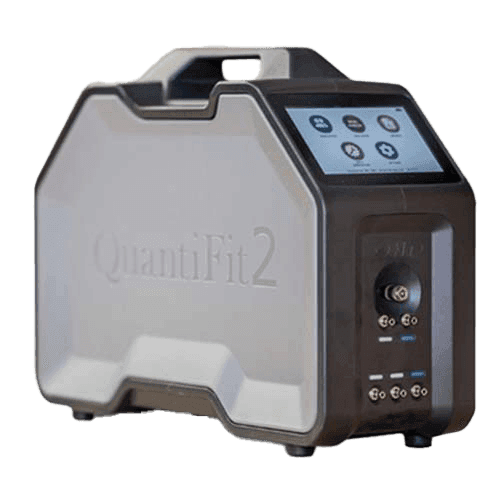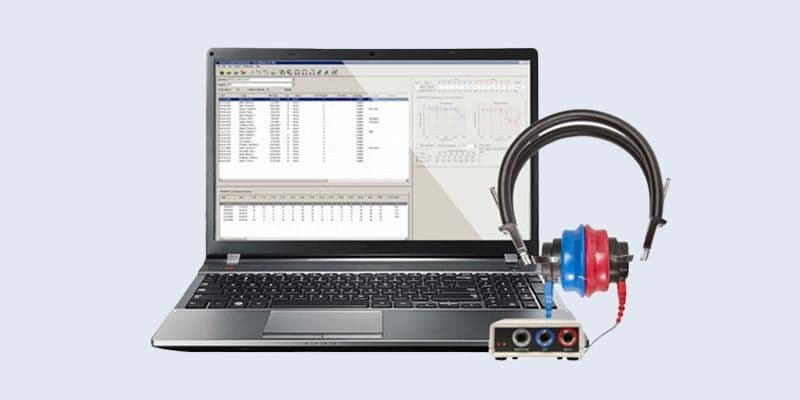Qualitative fit testing (QLFT) is a pass or fail test. It relies on the user’s senses to detect a test substance.
This method is effective for negative-pressure air-purifying respirators. It works best in places where the hazard level is below 10 times the permissible exposure limit (PEL). The test agents used in QLFT include:
Bitter Tasting: A solution with a bitter taste is sprayed into the air. If the user can taste the bitterness, the respirator fit is inadequate.
Sweet Taste: Like the bitter solution, a sweet-tasting aerosol determines if the respirator seal is effective.
Irritant Smoke: This test uses irritant smoke to provoke an involuntary cough if the respirator fit is compromised.
Sense of Smell: Some test agents rely on the user’s ability to smell them. If the user can smell the substance, it means the respirator doesn’t fit properly.
The qualitative test is straightforward and cost-effective, making it a popular choice for many workplaces. However, it is less precise than quantitative methods and may not be suitable for environments with higher exposure risks.







